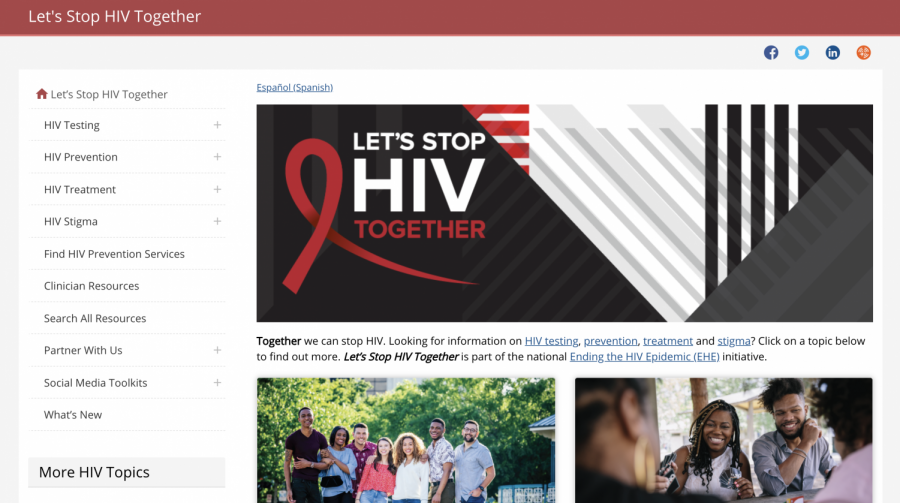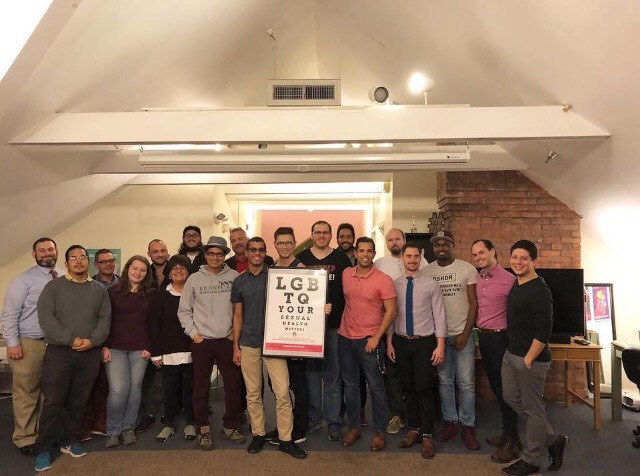From The Associated Press
NEW YORK – Goofy videos weren’t on the minds of Len Kleinrock and his team at UCLA when they began tests 40 years ago on what would become the Internet. Neither was social networking, for that matter, nor were most of the other easy-to-use applications that have drawn more than a billion people online.
Instead the researchers sought to create an open network for freely exchanging information, an openness that ultimately spurred the innovation that would later spawn the likes of YouTube, Facebook and the World Wide Web.
There’s still plenty of room for innovation today, yet the openness fostering it may be eroding. While the Internet is more widely available and faster than ever, artificial barriers threaten to constrict its growth.
Call it a mid-life crisis.
A variety of factors are to blame. Spam and hacking attacks force network operators to erect security firewalls. Authoritarian regimes block access to many sites and services within their borders. And commercial considerations spur policies that can thwart rivals, particularly on mobile devices like the iPhone.
“There is more freedom for the typical Internet user to play, to communicate, to shop — more opportunities than ever before,” said Jonathan Zittrain, a law professor and co-founder of Harvard’s Berkman Center for Internet & Society. “On the worrisome side, there are some longer-term trends that are making it much more possible (for information) to be controlled.”
Few were paying attention back on Sept. 2, 1969, when about 20 people gathered in Kleinrock’s lab at the University of California, Los Angeles, to watch as two bulky computers passed meaningless test data through a 15-foot gray cable.
That was the beginning of the fledgling Arpanet network. Stanford Research Institute joined a month later, and UC Santa Barbara and the University of Utah did by year’s end.
The 1970s brought e-mail and the TCP/IP communications protocols, which allowed multiple networks to connect — and formed the Internet. The ’80s gave birth to an addressing system with suffixes like “.com” and “.org” in widespread use today.
The Internet didn’t become a household word until the ’90s, though, after a British physicist, Tim Berners-Lee, invented the Web, a subset of the Internet that makes it easier to link resources across disparate locations. Meanwhile, service providers like America Online connected millions of people for the first time.
That early obscurity helped the Internet blossom, free from regulatory and commercial constraints that might discourage or even prohibit experimentation.
“For most of the Internet’s history, no one had heard of it,” Zittrain said. “That gave it time to prove itself functionally and to kind of take root.”
Even the U.S. government, which funded much of the Internet’s early development as a military project, largely left it alone, allowing its engineers to promote their ideal of an open network.
When Berners-Lee, working at a European physics lab, invented the Web in 1990, he could release it to the world without having to seek permission or contend with security firewalls that today treat unknown types of Internet traffic as suspect.
Even the free flow of pornography led to innovations in Internet credit card payments, online video and other technologies used in the mainstream today.
“Allow that open access, and a thousand flowers bloom,” said Kleinrock, a UCLA professor since 1963. “One thing about the Internet you can predict is you will be surprised by applications you did not expect.”
That idealism is eroding.
An ongoing dispute between Google Inc. and Apple Inc. underscores one such barrier.
Like some other mobile devices that connect to the Internet, the iPhone restricts the software that can run on it. Only applications Apple has vetted are allowed.
Apple recently blocked the Google Voice communications application, saying it overrides the iPhone’s built-in interface. Skeptics, however, suggest the move thwarts Google’s potentially competing phone services.
On desktop computers, some Internet access providers have erected barriers to curb bandwidth-gobbling file-sharing services used by their subscribers. Comcast Corp. got rebuked by Federal Communications Commission last year for blocking or delaying some forms of file-sharing; Comcast ultimately agreed to stop that.
The episode galvanized calls for the government to require “net neutrality,” which essentially means that a service provider could not favor certain forms of data traffic over others. But that wouldn’t be a new rule as much as a return to the principles that drove the network Kleinrock and his colleagues began building 40 years ago.
Even if service providers don’t actively interfere with traffic, they can discourage consumers’ unfettered use of the Internet with caps on monthly data usage. Some access providers are testing drastically lower limits that could mean extra charges for watching just a few DVD-quality movies online.
“You are less likely to try things out,” said Vint Cerf, Google’s chief Internet evangelist and one of the Internet’s founding fathers. “No one wants a surprise bill at the end of the month.”
Dave Farber, a former chief technologist at the Federal Communications Commission, said systems are far more powerful when software developers and consumers alike can simply try things out.
Farber has unlocked an older iPhone using a warrantee-voiding technique known as jail-breaking, allowing the phone to run software that Apple hasn’t approved. By doing that, he could watch video before Apple supported it in the most recent version of the iPhone, and he changed the screen display when the phone is idle to give him a summary of appointments and e-mails.
While Apple insists its reviews are necessary to protect children and consumer privacy and to avoid degrading phone performance, other phone developers are trying to preserve the type of openness found on desktop computers. Google’s Android system, for instance, allows anyone to write and distribute software without permission.
Yet even on the desktop, other barriers get in the way.
Steve Crocker, an Internet pioneer who now heads the startup Shinkuro Inc., said his company has had a tough time building technology that helps people in different companies collaborate because of security firewalls that are ubiquitous on the Internet. Simply put, firewalls are designed to block incoming connections, making direct interactions between users challenging, if not impossible.
No one’s suggesting the removal of all barriers, of course. Security firewalls and spam filters became crucial as the Internet grew and attracted malicious behavior, much as traffic lights eventually had to be erected as cars flooded the roads. Removing those barriers could create larger problems.
And many barriers throughout history eventually fell away — often under pressure. Early on, AOL was notorious for discouraging users from venturing from its gated community onto the broader Web. The company gradually opened the doors as its subscribers complained or fled. Today, the company is rebuilding its business around that open Internet.
What the Internet’s leading engineers are trying to avoid are barriers that are so burdensome that they squash emerging ideas before they can take hold.
Already, there is evidence of controls at workplaces and service providers slowing the uptake of file-sharing and collaboration tools. Video could be next if consumers shun higher-quality and longer clips for fear of incurring extra bandwidth fees. Likewise, startups may never get a chance to reach users if mobile gatekeepers won’t allow them.
If such barriers keep innovations from the hands of consumers, we may never know what else we may be missing along the way.








